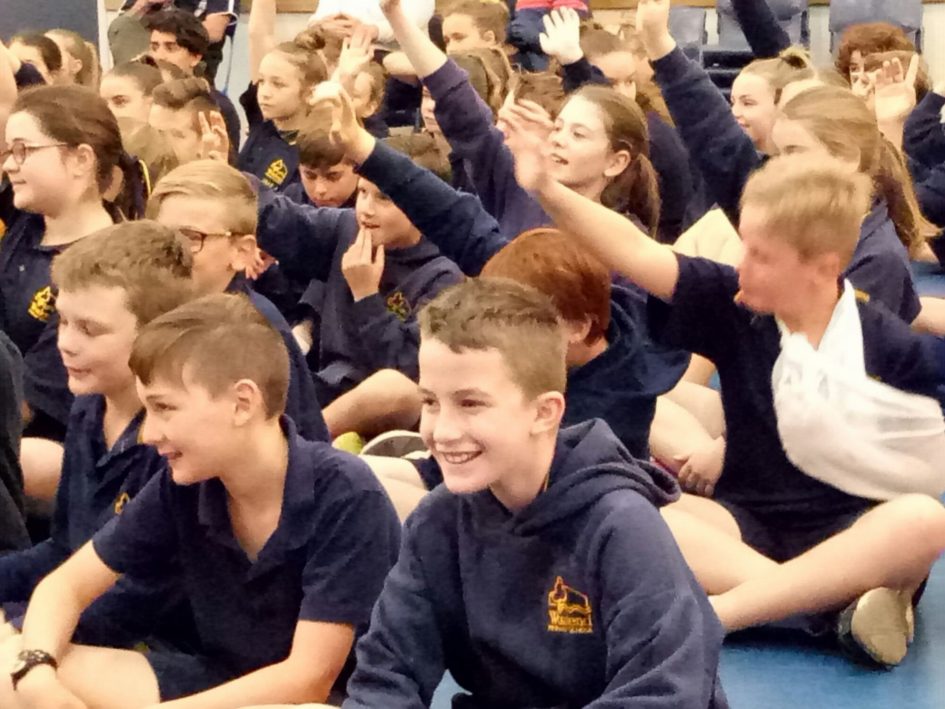Each year our class structure is dependent on enrolment numbers in each year level. At Woodend we have often tried to keep our year 6/7 classes as composite classes and other years as straight year level classes. In other schools, all composite classes are the preferred option as this provides different options to best suit the needs of individual students. In 2018 our numbers fall in such a way that we will have some straight year level and some composite classes:
4 x Reception
4 x Year 1
3 x Year 2
2 x Year 3
1x Year 3/4
5 x Year 4/5
1 x Year 5/6
5 x Year 6/7
For 2018, we have quite a few straight classes in the early years and mostly composite classes in the Primary Years. We have been able to avoid a year 2/3 class which is helpful in relation to our Kitchen Garden program that begins at year 3.
Research findings on the effects of multi-age classes and best teaching practices have found that:
• it makes no difference to performance whether students are in a straight year group or in a multi-age class. The most important factors in determining how well a student does are the quality of the teacher and his or her teaching
• multi-age classes may benefit students both socially and emotionally.
Our aim is always to create balanced classes that best meet everyone’s needs. Composite classes always function best when the class is balanced with a range of behaviours and abilities in both year levels. If a high achieving year 4 is in a 3/4 class their opportunities for stretch will be as great as those in a 4/5 class, just as the needs of struggling year 3s will be catered for equally in a straight year 3 as in a 3/4 class.
We have given parents an opportunity to provide pertinent information about aspects for their child(ren) that may be useful to include in our thinking when placing students into classes or to keep in mind regarding learning needs. All requests that were received by the due date have been taken into consideration and in most cases have been accommodated.
A number of very late requests have come to us after placing students into classes/groupings. It will be virtually impossible to ensure that they are all accommodated as it often means a total disruption for other students after careful consideration has already been given. Teachers have met a number of times and great thought has already gone onto the placement of each and every child. To move even one child causes a domino effect and mostly is not feasible or desirable.
We will be beginning of the year with 670 students from reception through to year seven which leads to an additional class. In 2018 we will have 25 classes. This means that we have a very tight maximum as regards the use of spaces for individual classrooms. We’re placing the specialist programs into the pumpkin building. This allows us to place classes into places where hopefully they will not need to be disrupted for the duration of any building program. Specialist programs will however be disrupted to some degree. We felt that this was the best way to manage placement of students for 2018.
Classes will be announced in the last week of school and no changes will be made unless it is clear that we have overlooked something that does need to be taken into account. It will however be unusual if that is the case.


Leave a Reply